What are cap screws - Yuhuang Electronic Technology Co., Ltd.
What are cap screws - Yuhuang Electronic Technology Co., Ltd.
Cap screws
Cap screws: A fastener for machine parts, threaded along the whole length of its shank and held by threads tapped in the hole in which it is screwed.
A socket cap screw, also known as a socket head capscrew, socket screw, or Allen bolt, is a type of cap screw with a cylindrical head and hexagonal drive hole. The term socket head capscrew typically refers to a type of threaded fastener whose head diameter is nominally 1.5 times that of the screw shank (major) diameter, with a head height equal to the shank diameter. Forged heat-treated alloy examples are high strength fasteners intended for the most demanding mechanical applications, with special alloy formulations available that are capable of maintaining strength at temperatures in excess of 1000 degrees F (587 degrees C).
The term cap screw refers to many different things at different times and places. Currently, it most narrowly refers to a style of head.
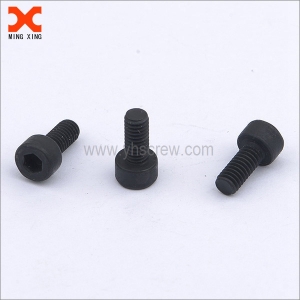 | 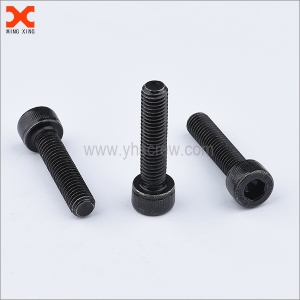 |  |
 | 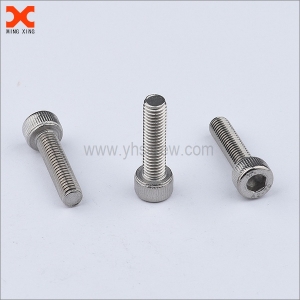 |  |
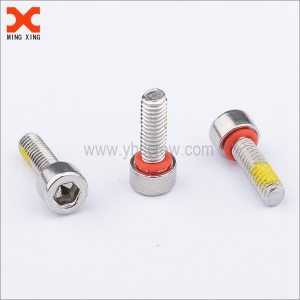 | 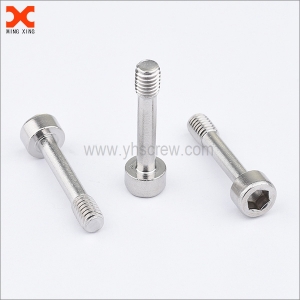 | 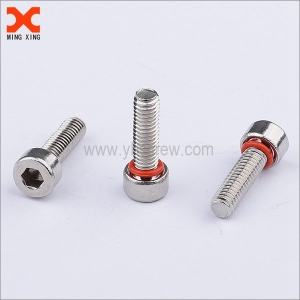 |
In addition to the socket head capscrew design, other head designs include low head, button head and flat head, the latter designed to be seated into countersunk holes. A hex key (sometimes referred to as an Allen wrench or Allen key) or hex driver is required to tighten or loosen a socket screw. Socket head capscrews are commonly used in assemblies that do not provide sufficient clearance for a conventional wrench or socket.
More broadly, and more commonly, it refers to the group of screws: shoulder screws, hex heads, counter-sunk heads, button heads, and fillister heads.
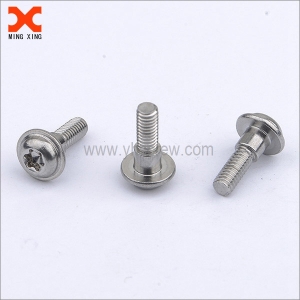 | 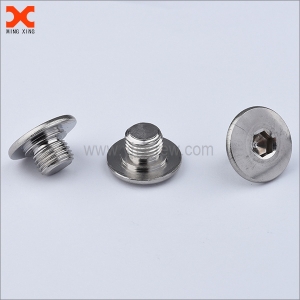 |  |
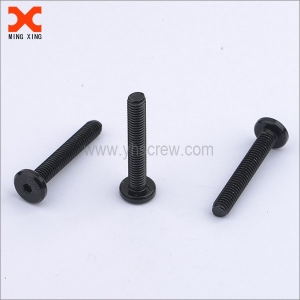 | 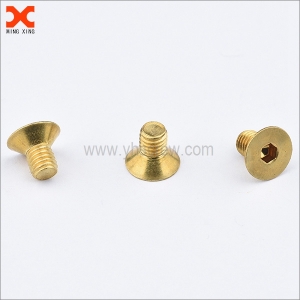 | 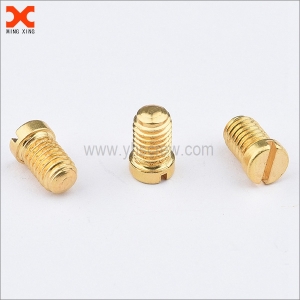 |
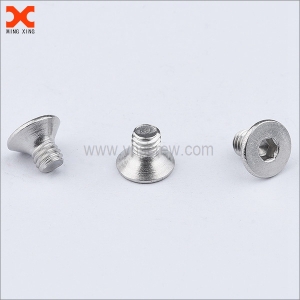 | 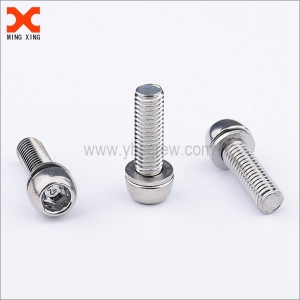 | 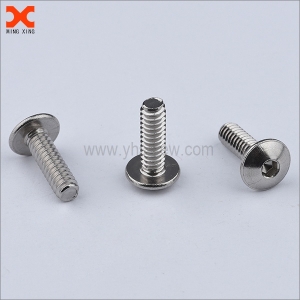 |
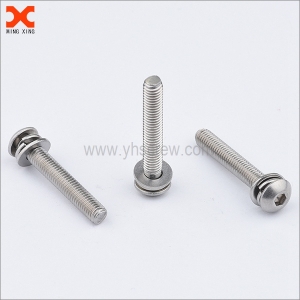 | 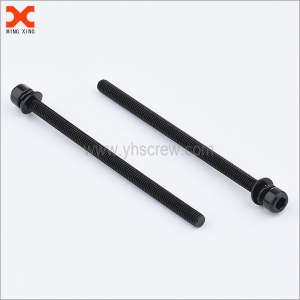 |  |
Hex cap screw and hex bolt
A hex cap screw is a cap screw with a hexagonal head, designed to be driven by a wrench (spanner). An ASME B18.2.1 compliant cap screw has somewhat tighter tolerances than a hex bolt for the head height and the shank length. The nature of the tolerance difference allows an ASME B18.2.1 hex cap screw to always fit where a hex bolt is installed but a hex bolt could be slightly too large to be used where a hex cap screw is designed in.
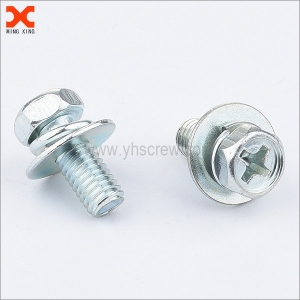 | 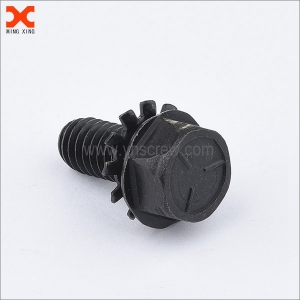 | 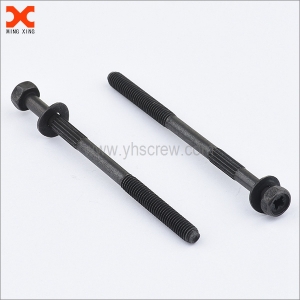 |
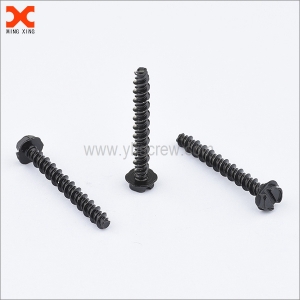 | 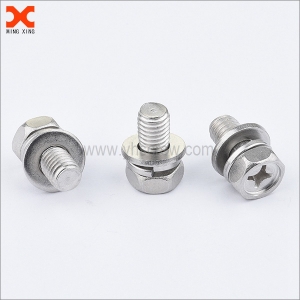 | 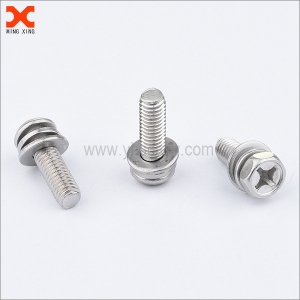 |
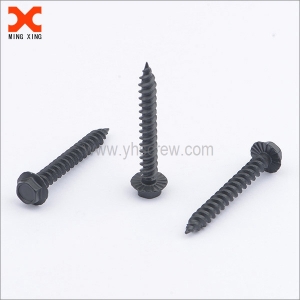 | 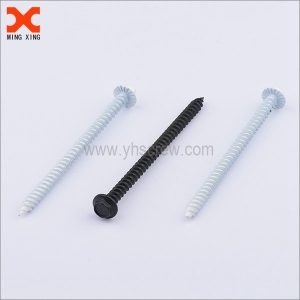 | 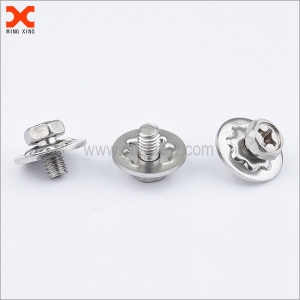 |
In the United States, cap screws are defined by ASME B18.6.2 and ASME B18.3. In the past, the term cap screw, in general, referred to screws that were supposed to be used in applications where a nut was not used, however the characteristics that differentiated it from a bolt vary over time.
In 1910, Anthony defined it as screw with a hex head that was thicker than a bolt head, but the distance across the flats was less than a bolt’s.
In 1913, Woolley and Meredith defined them like Anthony, but gave the following dimensions: hex head cap screws up to and including 7⁄16 inch (11.1125 mm) have a head that is 3⁄16 inch (4.7625 mm) larger than the shank diameter; screws greater than 1⁄2 inch (12.7 mm) in diameter have a head that is 1⁄4 inch (6.35 mm) larger than the shank. Square head cap screws up to and including 3⁄4 inch (19.05 mm) have a head 1⁄8 inch (3.175 mm) larger than the shank; screws larger than 3⁄4 inch (19.05 mm) have a head 1⁄4 inch (6.35 mm) larger than the shank. In 1919, Dyke defined them as screws that are threaded all the way to the head.
You may also like All types of screws
If you’re interested in purchasing screws, be sure to check out the wide range of standard and custom products from Yuhuang Electronic Technology Co., Ltd.
For more information about cap screws from us at www.yhscrew.com, please email us at info@yhscrew.com. We look forward to hearing from you.
评论
发表评论